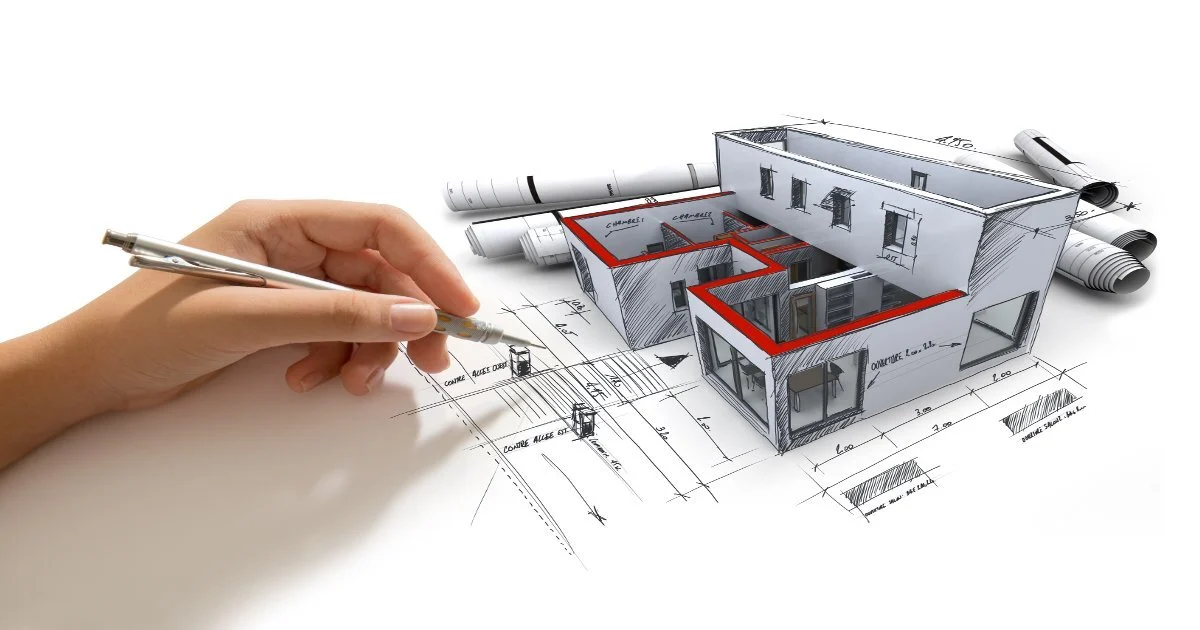When we think of cities, we often envision towering skyscrapers, majestic bridges, and iconic landmarks that define the urban landscape. But behind these awe-inspiring structures lies the artistry and ingenuity of architects who bring their visions to life. From meticulously drafting blueprints to overseeing construction projects, architects play a pivotal role in shaping our cities. They harmonize form and function, blending aesthetics with practicality to create spaces that not only inspire but also accommodate the needs of millions. In this article, we delve into the world of architecture and explore how these visionary professionals transform abstract concepts into concrete realities that forever leave an indelible mark on our urban environments.
The Role of Architects in Shaping Cities
Architects play a pivotal role in shaping cities, not merely as creators of iconic structures, but as visionaries who are crucial to the development and growth of urban spaces. They have the unique ability to transform abstract ideas into tangible blueprints and then bring these blueprints to life. Architects are skilled at understanding the complex interplay between people, design, and functionality, resulting in cities that are both aesthetically pleasing and functional.
One of the key roles architects hold is creating buildings that harmoniously blend with their surrounding environment. Successful architectural designs seamlessly integrate new developments within existing urban fabric while also considering future needs. By carefully studying the history, culture, and heritage of a city, architects can create designs that pay homage to these elements while still pushing boundaries and embracing modernity. In doing so, they contribute to creating cities with a strong sense of identity where residents feel a deep connection.
Historical Context: Architectural Influence Over Time
Architectural influence has played a significant role in shaping cities throughout history, leaving behind an indelible mark on the fabric of society. From the grandeur of ancient Rome’s Colosseum to the sleek skyscrapers that define modern metropolises, architectural styles and trends have evolved over time, reflecting the cultural, social, and technological advancements of each era.
In ancient times, architecture served as a testament to power and authority. The colossal structures built by civilizations like the Egyptians and Mayans were not only impressive feats of engineering but also symbols of their rulers’ might and divinity. Fast forward to the Middle Ages where Gothic cathedrals soared towards the heavens with their intricate stonework and towering spires, demonstrating faith’s hold on society.
The Renaissance period witnessed a revival of classical forms inspired by ancient Greece and Rome. Architects sought to reintroduce balance, proportionality, and harmony into their designs through meticulous study of these historic styles. The result was a rebirth of architectural beauty seen in grand palaces like Versailles or St. Peter’s Basilica in Vatican City.
The Power of Design: Impact on Urban Planning
One cannot underestimate the power of design in shaping our urban landscapes. The way a city is designed influences how its inhabitants interact with their surroundings, how they move through the streets, and ultimately impacts their quality of life. Good design can transform a city’s identity, attract businesses and tourism, and enhance its social cohesion.
Design plays a significant role in urban planning by creating spaces that are not only aesthetically pleasing but also functional and sustainable. Architects have the ability to envision new possibilities for cities, using innovative designs to tackle pressing issues such as population density, traffic congestion, and environmental sustainability. By carefully considering factors like walkability, accessibility to public transportation, green space allocation, and mixed-use development principles, architects play a crucial role in creating vibrant and livable cities. Their designs have the power to improve productivity levels by encouraging collaboration between people within their communities while simultaneously fostering a sense of belongingness.
Collaborative Efforts: Architects and City Officials
Collaborative efforts between architects and city officials are essential in shaping our cities into vibrant and functional spaces. Architects bring their creative vision and expertise in design, while city officials provide the necessary regulations and guidelines for sustainable development. This partnership ensures that urban landscapes are not only aesthetically pleasing but also meet the needs of the community. The home remodeling Denver is a prime example of how architects are transforming neighborhoods and redefining what it means to live in this vibrant city.
One key aspect of this collaboration is the emphasis on sustainable architecture. City officials play a crucial role in setting environmental standards and promoting green initiatives, while architects incorporate these principles into their designs. By working together, they can create buildings that minimize energy consumption, utilize renewable resources, and reduce waste. This collaborative effort not only benefits the environment but also improves the quality of life for residents by creating healthier and more efficient spaces.
Conclusion: Architects as Guardians of Urban Development
In conclusion, architects play a critical role as guardians of urban development. Their unique combination of technical expertise, creative vision, and commitment to sustainability and social impact makes them essential in shaping our cities. Architects are not merely designers; they are problem solvers who navigate complex challenges and find innovative solutions.
One of the most significant contributions architects bring to urban development is their ability to balance functionality with aesthetics. They understand the importance of creating spaces that are not only visually appealing but also practical and efficient. By considering factors such as natural light, ventilation, and accessibility, architects can design buildings that enhance the overall well-being of those who inhabit them.
